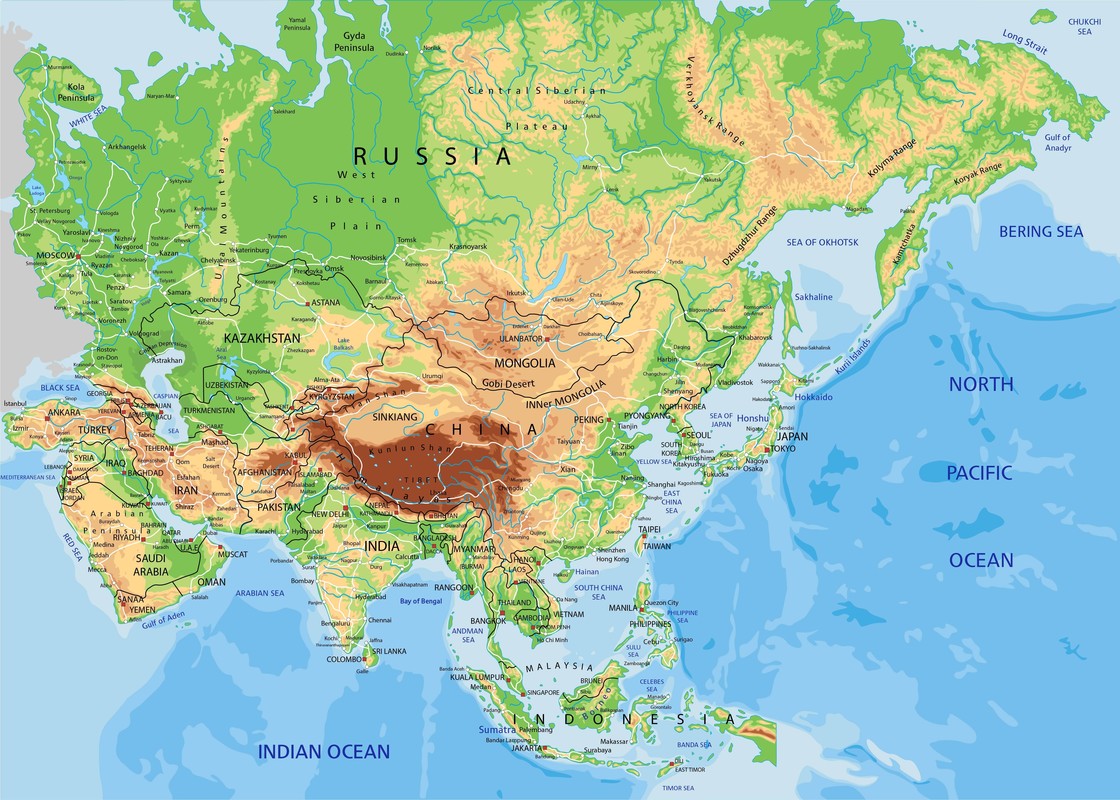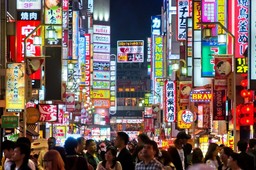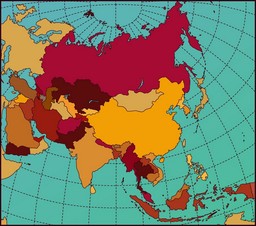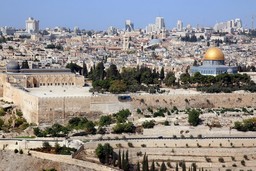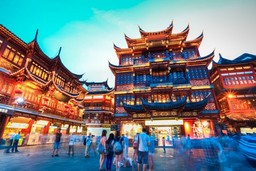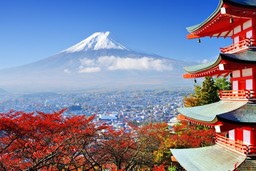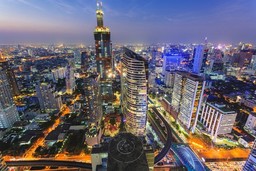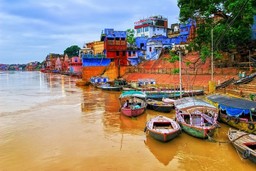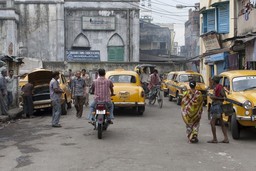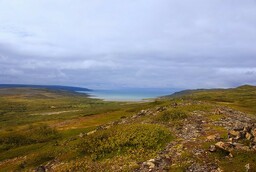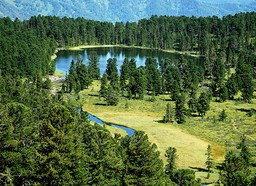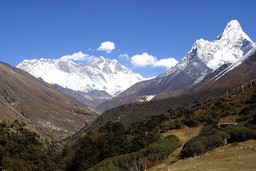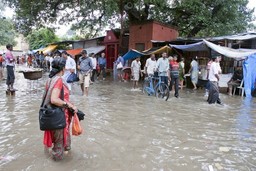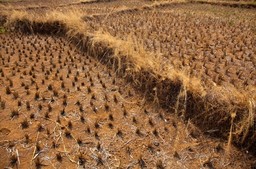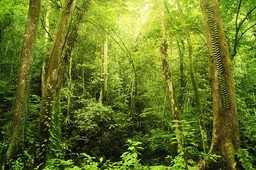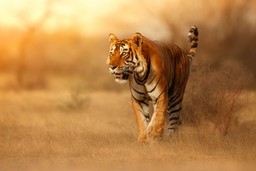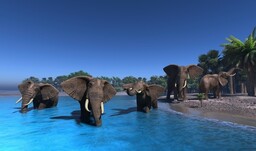15. Asia
Contents
15.1 Asia in a nutshell
Size
Religions
- 44 million square kilometers: the Asian continent covers almost one third of the planet's land surface area.
- Approximately 50 nations (the independence of some Asian nations has not been acknowledged by other nations).
- 4 billion people: 60 % of the planet's inhabitants are centered in Asia
Nations
Economy- Large amounts of industrial production: for example, most of the world's household appliances and technological devices are made in Asia.
- One of the center's of the global economy (e.g. China, Japan and South Korea).
- Crude oil and natural gas found in large quantities in the Arabian peninsula, West Asia and Siberia.
- China is rich in natural resources.
Agriculture
- Wheat and rice are the two most important asian grains.
- Reindeer herding is a common livelihood in the Asian tundra.
- The Asian coniferous forest zone has almost no agriculture.
- The Asian broadleaf forest zone and savanna are the two most important vegetation zones in terms of agricultural production.
- Agriculture also exists in the deserts and steppes, where it is accomplished with the aid of artificial irrigation methods.
- Rainforest areas are used to grow food crops and oil palm.
15.2 The map of Asia
15.3 Gallery: Asian nations
15.4 Asian vegetation zones
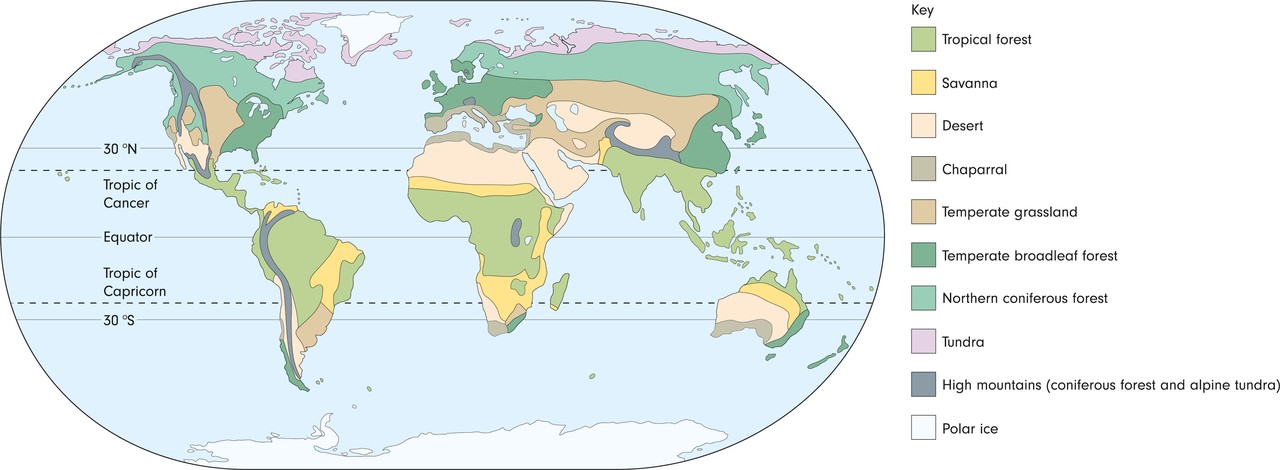
The Asian continent covers an area from the Arctic Ocean all the way to the equator. This explains the diversity of Asian vegetation zones. The following biomes can be found in the Asian continent:
- tundra.
- coniferous forest.
- broadleaf forest.
- temperate grassland.
- desert.
- mountain vegetation.
- savanna.
- rainforest.
